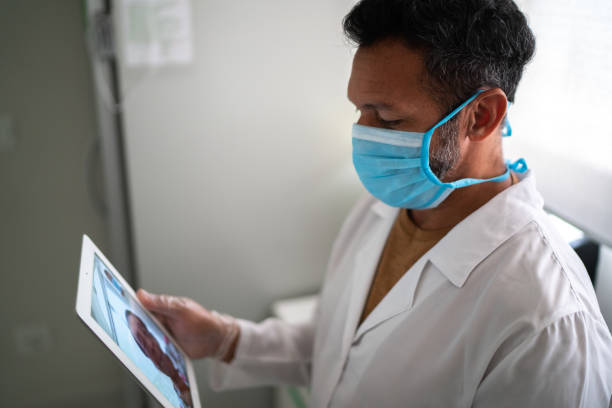Navigating Regulatory Compliance in Patient Monitoring Solutions
In the ever-evolving landscape of healthcare technology, patient monitoring solutions play a crucial role in enhancing patient care and clinical outcomes. However, ensuring regulatory compliance and adherence to industry standards is paramount to guaranteeing the safety, reliability, and effectiveness of these solutions.

Importance of Regulatory Compliance
Regulatory compliance in patient monitoring solutions is essential to safeguard patient safety, maintain data integrity, and uphold ethical standards. Compliance with regulatory requirements ensures that medical devices meet established quality standards and undergo rigorous testing to mitigate risks associated with device malfunctions or inaccuracies.
Regulatory Bodies and Standards
Various regulatory bodies, such as the Food and Drug Administration (FDA) in the United States and the European Medicines Agency (EMA) in Europe, oversee the approval and regulation of medical devices, including patient monitoring solutions. These bodies establish stringent standards and guidelines that manufacturers must adhere to, encompassing aspects such as product safety, performance, and interoperability.
Compliance Challenges and Considerations
Navigating regulatory compliance can pose challenges for manufacturers and healthcare providers alike. Compliance requirements may vary across different regions and jurisdictions, necessitating comprehensive understanding and adherence to local regulations. Moreover, advancements in technology and evolving healthcare practices demand continual updates and adaptations to ensure compliance with emerging standards.
Ensuring Quality and Safety
Compliance with regulatory standards is instrumental in ensuring the quality and safety of patient monitoring solutions. Manufacturers must conduct thorough testing and validation processes to demonstrate product efficacy, reliability, and accuracy. Additionally, adherence to quality management systems, such as ISO 13485, facilitates consistent product quality and regulatory compliance throughout the product lifecycle.
Data Security and Privacy
In an era of digital healthcare, data security and privacy are paramount concerns in patient monitoring solutions. Compliance with regulations such as the Health Insurance Portability and Accountability Act (HIPAA) in the United States ensures the protection of patient information and safeguards against unauthorized access or breaches. Implementing robust encryption protocols and access controls is imperative to mitigate cybersecurity risks.
Continuous Monitoring and Compliance Updates
As technology advances and regulatory landscapes evolve, continuous monitoring and compliance updates are imperative to maintain adherence to regulatory standards. Manufacturers must stay abreast of regulatory changes and proactively implement necessary modifications to ensure ongoing compliance and market authorization.
Conclusion
Regulatory compliance and adherence to industry standards are integral aspects of patient monitoring solutions. By complying with regulatory requirements, manufacturers can ensure the safety, reliability, and effectiveness of their products, ultimately benefiting patients and healthcare providers alike.
Navigating the complex regulatory landscape requires a collaborative effort between manufacturers, regulatory bodies, and healthcare stakeholders. By prioritizing regulatory compliance and embracing best practices, the healthcare industry can leverage patient monitoring solutions to enhance patient care, improve clinical outcomes, and advance the quality of healthcare delivery.



Comments
Post a Comment